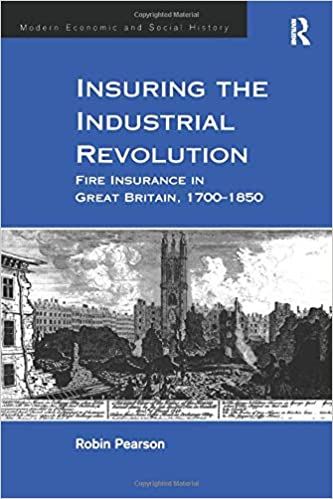TWENTY-FIRST CENTURY:
DUTY TO DEFEND ATTACKED BUT NOT DEMOLISHED: FIFTH CIRCUIT COURT OF APPEALS ADDRESSES THE DISTRICT COURT’S RICHARDS DECISION
PART TWO OF THREE
Michael Sean Quinn*
Quinn and Carmona
In Part One, three cases were discussed. One of them set forth the current Texas version of the Eight Corners Rule (8CR), which govern insurers’ duty right to defend when it comes to virtually all kinds of liability insurance, whether the contract of insurance stands alone or is part of a bundle of different coverages. The other two cases are recent federal cases decided in the Northern District of Texas which were trying to kill-off 8CR or severely wound it. See Part One.
The B. Hall Construction case was reversed on other grounds, but the State Farm Lloyds v Richards case was applied to the Fifth Circuit Court of Appeals, and that court sent it on to the Supreme Court of Texas. This essay concerns the per curiam opinion delivered in the Fifth Circuit (18-10721, September 9, 2019). Interestingly, because of the way the judges of the Fifth Circuit ruled the case is not to be published and is not precedent, except under very limited circumstances not relevant here. Appellate Rules of Procedure for the Fifth Circuit 47.5, 47.5.1 and 47.5.4. This is an arcane matter and not something most readers need to read.)
So, what happened in the appellate court? Basically, the court sketched the facts of Richards, quoted the relevant policy language, and both quoted from and outlined an argument of the district court. Without really saying so explicitly, the court recognized that the meaning of the word “apply” played a central role.
Basically, the court noticed that 8CR is a deeply embedded rule of law in Texas, and that the Supreme Court of Texas had never explicitly adopted any exception, even though it had cited some Fifth Circuit cases which have said that there may be an exception and have tried to spell it out. It therefore handed the problem off to the Texas Supreme Court by asking its question.
The circuit court even spelled its most detailed and plausible rule, Northfield Ins. Co. v. Loving Home Care, Inc., 363 F.3d 523, 531 (5th Cir. 2004) and pointed out that, although the Texas Supreme Court may have flirted with this rule, it has never adopted it, though other states have adopted a use-of-extrinsic rule for some circumstances. Zurich Am. Inc. Co v. Nokia, Inc. 268 S.W.3d 487 (Tex. 2008).
Here is the rule in Northfield: extrinsic evidence as to coverage may be used to determine the applicability of the duty to defend “when it is initially impossible to discern whether coverage is potentially implicated and when the extrinsic evidence goes solely to a fundamental issue of coverage which does not overlap with the merits of or engages the truth or falsity of any facts alleged in the underlying case.
So, here is the question the Fifth asks:
“Is the policy-language exception to the eight-corners rule articulated in B. Hall Contracting Inc. v. Evanston Ins. Inc., 447 F.Supp.2d 634 (N.D. Tex. 2006), a permissible exception under Texas law?”
The Texas Supreme Court answered the question and sent the case back to the Fifth Circuit for a final decision. But what is the question the Texas court had answered? Clearly both the answer and the question turn on the meaning of the phrase “policy-language exception.”
But what is the meaning of the phrase “policy-language exception”? Unless the meaning of that phrase is understood, then the decision in the Fifth Circuit, the question being asked is flawed, though not badly, perhaps.
A Quinn Question: Do these and analogous questions have a role in further insurance-insurer bad faith litigation? Is this the sort of issue where it would be prudent for claims departments to use (deploy) counsel, whether in-house or out-house?
*The author’s resumes (“Short” and “Long”) are easily findable on the Internet. I alone prepared and wrote this essay, and I alone am responsible for it.





Recent Comments